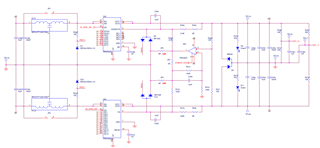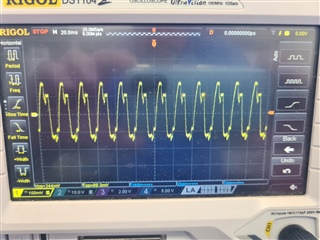Other Parts Discussed in Thread: OPA992
Tool/software:
Hi,
my design is a dual tracking power supply using TPS7A4701, TPS7A3301 and OPA992S.
Attached the simulation and the schematic (BAT54A was corrected with BAT54S).
Simulation seems good but when we measure the output voltages on the pcb we have +4.9V/-5.2V and not +5V/-5V.
When we disassemble the circuit section of the OPA and close JP2 and JP4 the voltages balance each other at +5V/-5V.
What could be the problem?
Thanks for your support.
2818.Dual Tracking Power Supply.TSC



